Reading Time: 7 Min
A bright smile with pearl-white, orderly teeth is an invaluable part of the beauty in any face.
But our teeth don’t always grow the right way, leaving us with a set of misshapen teeth that embarrass us whenever we smile.
Crooked teeth also can cause health issues such as periodontal disease, excess wear and tear of the teeth, chewing and digestion problems, and speech difficulties.
Invisalign is a solution to misaligned teeth, reducing such problems and making smiling more satisfying than ever.
But what is Invisalign and how is it different from other types of braces?
In this article, we’ll take a brief look at different types of dental braces and then see how Invisalign is different from them.
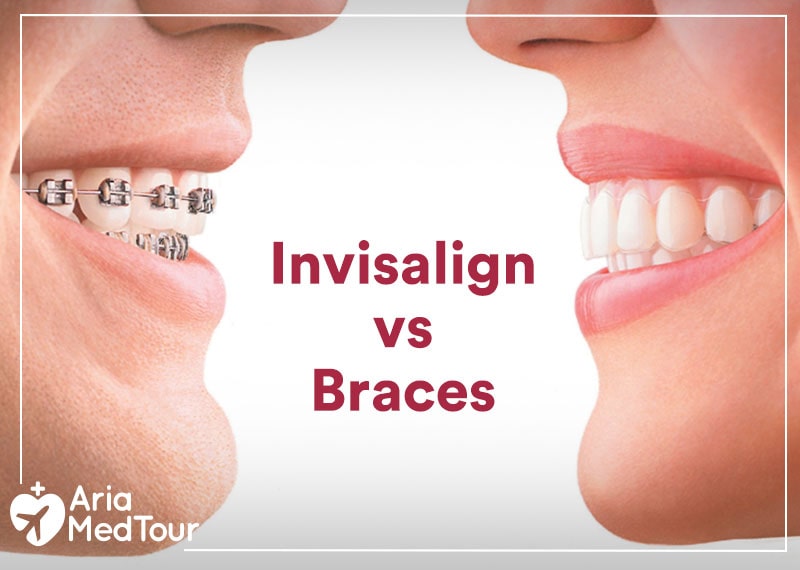
Invisalign vs. Braces: Which is right for me?
Types of Braces:
There are several different ways to straighten and realign crooked teeth today, all having almost the same function but with different pros and cons.
Here are the different types of braces:
- Traditional metal braces
- Ceramic braces (clear braces)
- Lingual braces
- Clear aligners (invisible braces)
Different types of braces
Metal Braces
Traditional metal braces are the most common type of braces, which have been in use for over 100 years now. Metal braces used to be very large and noticeable in the past but with advances in technology, these braces have become smaller and more comfortable than ever.
Metal braces are made of top-quality stainless steel, connected by archwires and glued to the teeth with the help of orthodontic cement. Small silver or colorful O-rings link the archwire to the brackets, which make them suitable for both children and adults. Since metal braces can withstand more pressure than other braces, they are advised for more severe cases. Metal braces are most often recommended for children because they are fixed and can’t be removed.
Traditional metal braces
Pros of Metal Braces
- Reasonable cost compared to other orthodontic treatments
- Strong and durable
- Highly effective; It can be used for almost all orthodontic disorders
- Different band colors are available at your choice
- Suitable for all ages, especially children
Cons of Metal Braces
- They are noticeable, which some people find embarrassing
- Require careful maintenance (cleaning, brushing)
- Leave an unpleasant metallic taste in the mouth
- Need regular adjustments that take a lot of time, especially if you have a busy schedule (monthly visit is required)
- Can be inconvenient and painful when braces are tightened
- Metal parts can irritate the mouth
- Disrupt signals in imaging tests
Clear Braces
Ceramic braces, also known as clear braces, are very similar in function to traditional braces except they are less noticeable. They are made of translucent materials, ceramic, porcelain, or in some cases plastic, to mimic the color of the teeth. Nowadays, clear or colored archwires are available, making the braces even more discreet. Since ceramic braces are not visible from distance, they are most often used by adults or older teenagers who have more cosmetic concerns.
Ceramic braces (clear braces)
Pros of Clear Braces
- Less visible than metal braces
- Less Painful than metal braces
- Less expensive than clear aligners
- Straighten teeth faster than aligners do
- Do not disrupt signals in imaging tests
- Less allergenic
Cons of Clear Braces
- Treatment takes longer compared to traditional braces since adjustments have to be slightly smaller.
- More noticeable than invisible aligners
- Less effective for serious cases than metal counterparts
- More expensive compared to metal braces
- More likely to stain, especially if you smoke
- More fragile
Lingual Braces
Lingual braces are similar to traditional braces but the brackets are attached to the inner sides of your teeth so the wires and brackets are not visible. They are the best option for patients with severe conditions who don’t like to wear visible braces. They have the same components as the traditional braces and correct the same misalignment issues.
Lingual braces
Pros of Lingual Braces
- Work almost as quickly as metal braces do
- Barely visible which provides aesthetic benefits to patients who are concerned about the appearance
- Effective for most bite issues
- Can be customized to improve efficiency and comfort
Cons of Lingual Braces
- Cost more than other types of braces
- Cause lisps (difficulty articulating S and Z sounds) for a month or more
- Cannot be used for all kinds of misaligned teeth
- May cause discomfort and pain in contact with the soft tissues inside the mouth including a sore tongue
What is Invisalign?
Clear aligners — most commonly known as Invisalign (the most well-known brand of this type of braces) and alternatively referred to as invisible braces, or invisible aligners — are an alternative to conventional braces that are made of clear, medical-grade plastic (thermoplastic). They are transparent devices similar to night guards but with a different function.
Invisalign aligners are made to be worn over the teeth and customized for each individual to fit perfectly. They are designed to gradually push the teeth to the right position, so they must be changed every few weeks to adjust to the new position of the teeth.
Invisalign braces are orthodontic devices that are a transparent, plastic form of dental braces which are used to adjust teeth.
Why Invisalign?
One of the greatest inventions in dentistry in general and orthodontics, in particular, is braces. The traditional metal braces have been for decades an effective orthodontic treatment for dental malocclusion or misaligned teeth. While they work pretty well, conventional braces have one big downside and that’s the idea of having to have a metal object around your teeth for a pretty long time.
This both causes discomfort and in some people embarrassment, leading scientists to look for a better alternative that’s easier to use and less invisible. Clear aligners were invented in the late 1990s to help people get their teeth straightened with less discomfort and no feeling of embarrassment.
Invisalign vs. Braces
Invisible aligners do the same thing traditional braces do. But when it comes to choosing between braces and Invisalign, each has its advantages and disadvantages. Here are the pros and cons of Invisalign as compared to braces:
Pros and Cons of Invisalign braces
Pros of Invisalign
The advantages of Invisalign over braces are as follows.
- Not noticeable
Invisalign or invisible aligners, as the name suggests, are almost invisible to the eye, which makes it a great option for those who don’t want to be in the center of attention for having metal wire around their teeth.
- Easily removable
Unlike conventional braces which are hard to maintain, invisible braces can be removed easily for eating, drinking, brushing, and flossing. You can remove your clear aligner trays on your own whenever you want to eat or brush your teeth, or clean the trays themselves, and then place them back.
- Fewer check-ups
Clear aligners typically need fewer visits to your dentist’s office than metal braces. People having metal braces need to regularly visit their orthodontist to have their braces adjusted. The brackets or wire may also get broken in metal braces, which will require you to visit your orthodontist to get it fixed.
With clear aligners, the trays are often prepared after the first follow-up for the whole process and you only need to change them at the right time as the treatment progresses, unless one of them happens to not fit perfectly, requiring a new set of aligners. All in all, with conventional braces you’ll typically need to see your orthodontist every month but with Invisalign, you may need to do that every 6 weeks.
- More comfortable
Wearing invisible aligners is much more comfortable than wearing metal braces. Tightening of the brackets in conventional braces causes tension as they press the teeth toward the proper position but Invisalign braces only take a day or two for the patient to get used to them and then they become more comfortable. Additionally, clear aligners do not have sharp edges like metal braces to irritate your tongue and cheeks.
- No food restrictions
People getting braces are usually told by their doctor to avoid certain foods or chewing gum. With Invisalign clear aligners you won’t have as many food restrictions as in braces because you can take off your aligners and eat almost anything you want.
- No tooth discoloration
Metal braces may cause slight discoloration in the teeth on the spots the brackets are in contact with the teeth, especially when you consume a lot of sugary foods or other staining foods. Although this isn’t a common problem, you can prevent it altogether with invisible aligners.
Dentistry Packages
Surgery + Hotel + Visa
Transfer + Interpreter
Cons of Invisalign
Invisalign invisible braces have some disadvantages as well as compared to fixed braces. Cons of invisible aligners are as follows:
- Needs self-discipline
Wearing invisible braces requires dedication and self-discipline for the success of the treatment course. Generally, you need to wear your invisible braces 21 to 22 hours a day, meaning you should only take them off for eating or brushing. Some people may forget to put them back or just can’t resist the temptation to not wearing them intentionally. This will make the treatment less effective or take a longer time to deliver the desired results. The removability of the trays also means the possibility of them getting lost.
- Not right for frequent snackers
You have to clean your teeth every time you eat something or drink coffee before wearing Invisalign braces to avoid stains on the teeth. For that reason, those who have the habit of nibbling between meals will find it frustrating to take them off every time they want to have a snack. For regular coffee drinkers too, clear aligners can be a nuisance.
- Might affect speaking
Speaking with Invisalign invisible aligners takes practice because pronouncing certain words may be difficult the first time you wear them. It’s no big deal, however, because as you get used to them within the first week the speech problems are gradually resolved. Reading a text out loud for a few minutes a day can help you learn to deal with the new situation more quickly.
- Not right for all types of problems
Some cases of malocclusion and bite problems cannot be treated with Invisalign as effectively as they can be treated with metal braces.
You May Like to See Before & After Photos of Dentistry
You May Like to See Before & After Photos of Dentistry
Is Invisalign Right for Me?
Invisible aligners may not be the best option for every malocclusion but they certainly can treat many cases of overbite, underbite, open bite, crossbite, gaps between teeth (diastema), crowded teeth, and misaligned teeth. To find out if you’re a good candidate for Invisalign, you need to visit a qualified orthodontist for a consultation.
What Type of Braces Should I Choose?
The best way to determine what type of braces are better for you is to consult with an experienced orthodontist. Most of the time, it’s a matter of personal preference. This is because most of the malaligned teeth issues can be addressed with either type of braces. However, in some cases, one may be preferred over the other in terms of effectiveness. All in all, make sure to understand the benefits and drawbacks of each orthodontic device, as mentioned above, before making your decision.
Let’s Take a Look at Our Dentistry Patients’ Testimonial Videos
Related Articles
Share this article:
AriaMedTour support team is available 24/7 to assist you with your inquiries about Dentistry in Iran.
Feel free to express your opinions or ask your questions regarding the article



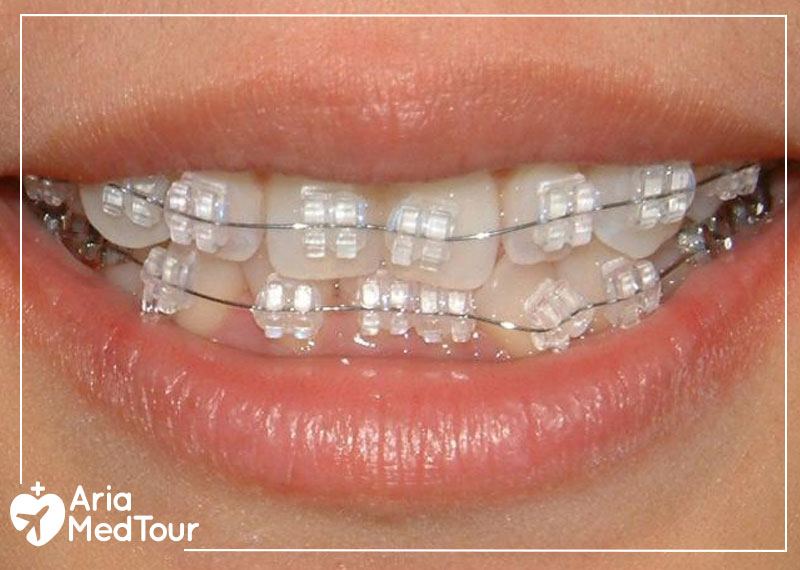
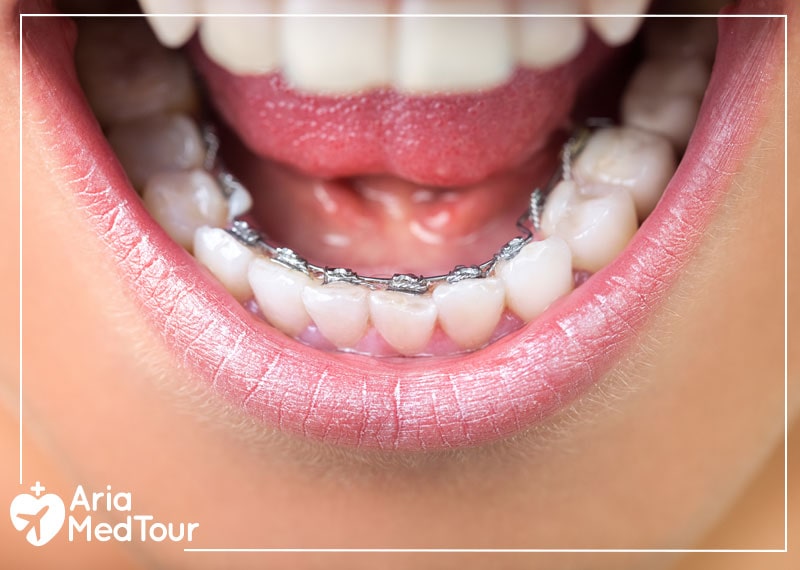
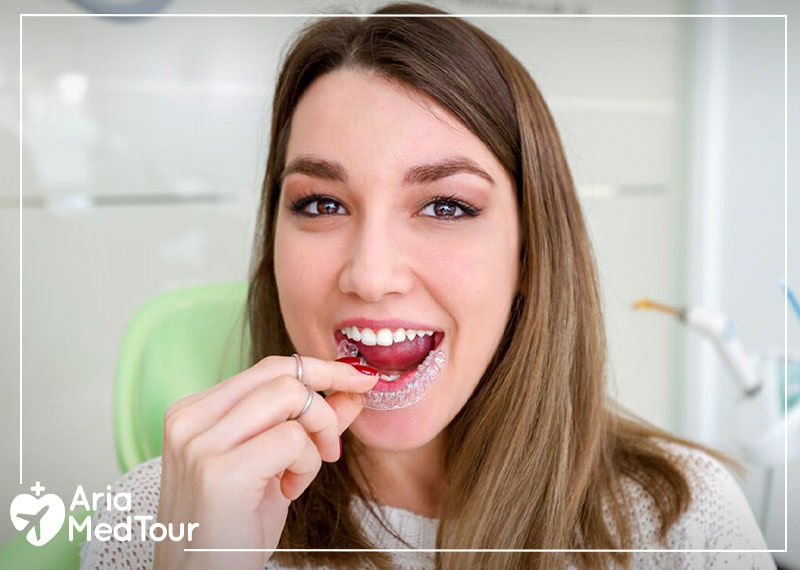
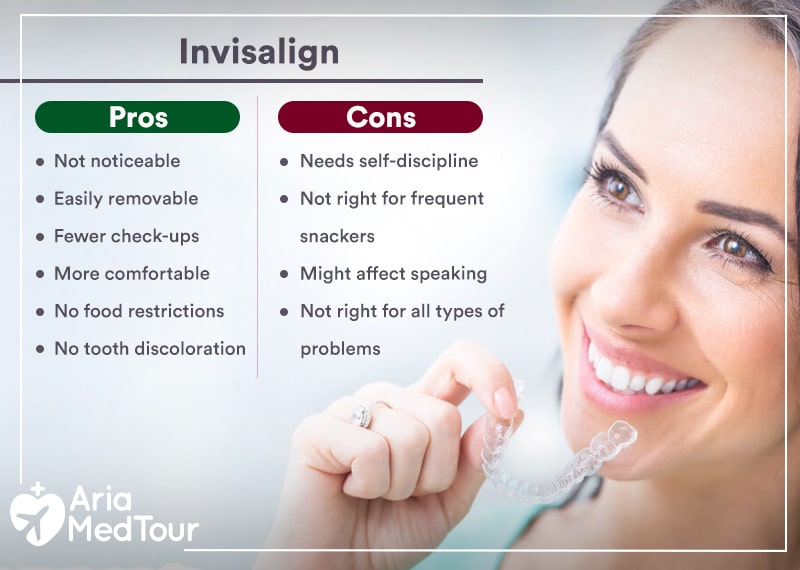

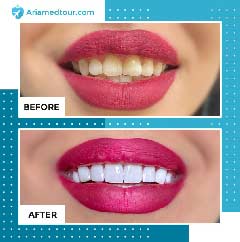
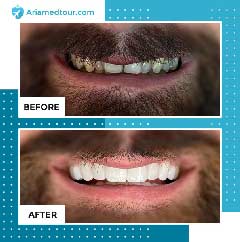
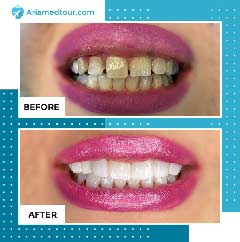
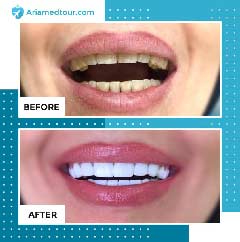

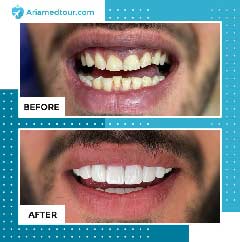

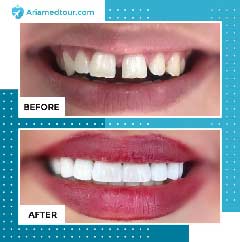

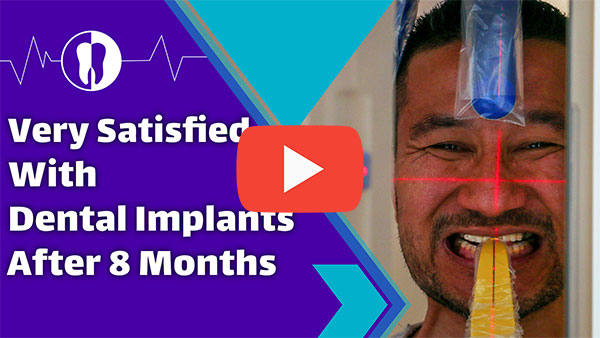

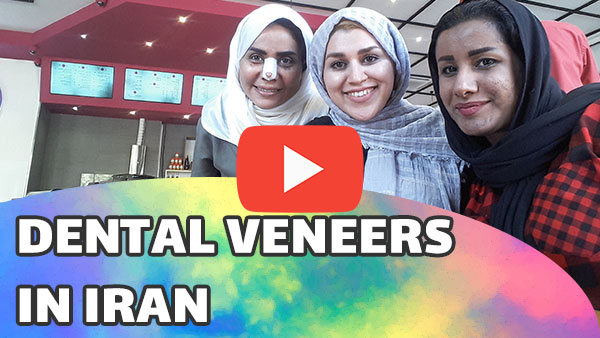

How to get rid of bad breath?
Simple ways to prevent tooth decay
Porcelain veneers vs. composite veneers: an in-depth comparison
Pros and cons of dental veneers
Things you should know before getting dental veneers